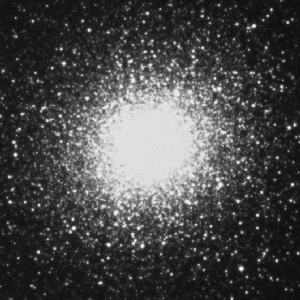Globular clusters like this one are full of colliding stars.
Click on image for full size
the Space Telescope Science Institute and NASA
Star Collisions Are Popular
News story originally written on June 12, 2000
Scientists know that galaxies sometimes collide together, but they didn't
think that stars in the same galaxy suffered the same fate. It turns out that
they may be wrong. New evidence shows that stars within globular clusters collide together
on a regular basis.
You might say they need their own space. Young stars are created in a dense area.
It's only a matter of time before it gets too crowded, and stars start combining to form larger, hotter and even younger stars.
Scientists say these events even occur in our own Milky Way.
"Suddenly we're starting to get lots of collisions. There's probably one about
every ten seconds," one scientist said.
You might also be interested in:
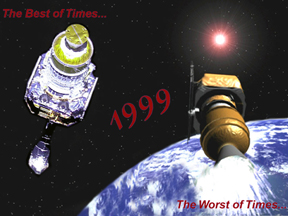
It was another exciting and frustrating year for the space science program. It seemed that every step forward led to one backwards. Either way, NASA led the way to a great century of discovery. Unfortunately,
...more
The Space Shuttle Discovery lifted off from Kennedy Space Center at 2:19 p.m. EST, October 29th. The sky was clear and the weather was great as Discovery took 8 1/2 minutes to reach orbit for the Unitied
...more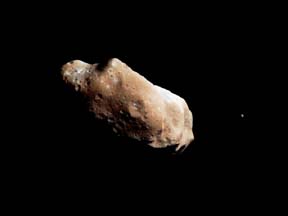
A moon was discovered orbiting the asteroid, Eugenia. This is only the second time in history that a satellite has been seen circling an asteroid. A special mirror allowed scientists to find the moon
...more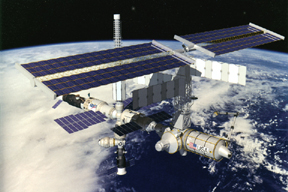
Will Russia ever put the service module for the International Space Station in space? NASA officials are demanding an answer from the Russian government. The necessary service module is currently waiting
...more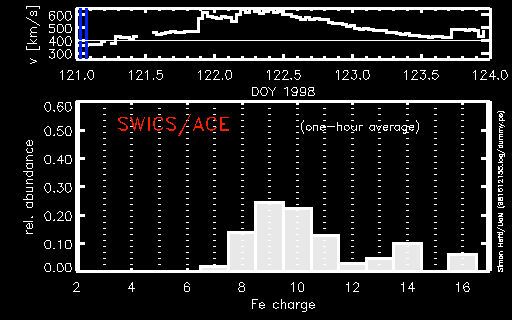
During a period of about two days in early May, 1998, the ACE spacecraft was immersed in plasma associated with a coronal mass ejection (CME). The SWICS instrument on ACE, which determines unambiguously
...more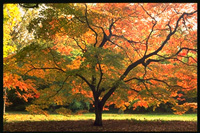
J.S. Maini of the Canadian Forest Service has referred to forests as the "heart and lungs of the world." Forests reduce soil erosion, maintain water quality, contribute to atmospheric humidity and cloud
...more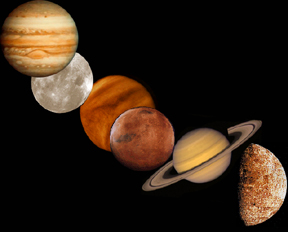
In late April through mid-May 2002, all five naked-eye planets are visible simultaneously in the night sky! This is includes Mercury which is generally very hard to see because of its proximity to the
...more


